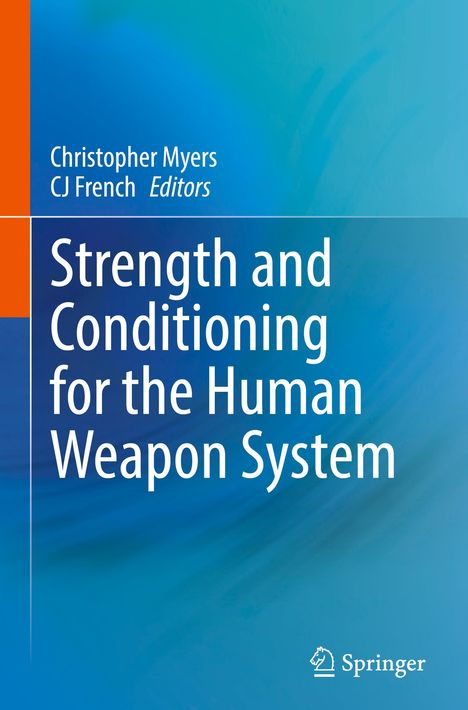Strength and Conditioning for the Human Weapon System, Fester Einband
Strength and Conditioning for the Human Weapon System
(soweit verfügbar beim Lieferanten)
- Herausgeber:
- Christopher Myers, Cj French
- Verlag:
- Springer, 07/2025
- Einband:
- Fester Einband
- ISBN-13:
- 9783031873041
- Artikelnummer:
- 12349068
- Gewicht:
- 487 g
- Maße:
- 241 x 160 mm
- Stärke:
- 18 mm
- Erscheinungstermin:
- 3.7.2025
Klappentext
A central focus of the US Military is the Human Weapon System (HWS) and the optimization of this weapon system. Over the past decade, the Department of Defence has invested in programs termed Human Performance Optimization (HPO) programs.
Human performance for the human weapon system is much different than the civilian athlete. Therefore, the human weapon system's rehabilitation and performance training requirements are different and must be considered. This book demonstrates the following to strength coaches and practitioners:
Why to view the HWS as a multi-faceted system that requires a more inclusive program than needed by athletes.
Provide updated methodology to create a strength and conditioning program specifically for the HWS populations.
Introduce and define advanced strength and conditioning methodologies SC professionals use within the US Military and law enforcement performance programs.

